Anúncios
The future of autonomous vehicles is a topic of great interest as technology rapidly advances. Self-driving cars are expected to reshape transportation by improving safety, reducing traffic congestion, and offering greater accessibility for everyone. Experts believe that by 2035, the autonomous vehicle market may reach between $300 billion to $400 billion, signaling a significant shift in how people will travel.

As companies invest billions in this technology, challenges remain. Issues like regulatory hurdles, safety concerns, and public acceptance must be addressed before widespread adoption can occur. Nevertheless, the dream of fleets of driverless cars providing convenient, efficient service is moving closer to reality.
With advancements in camera technology and artificial intelligence, the capabilities of autonomous vehicles continue to evolve. This article will explore what the future holds for self-driving cars and how they could change daily life in unexpected ways.
Advancements in Autonomous Vehicle Technology
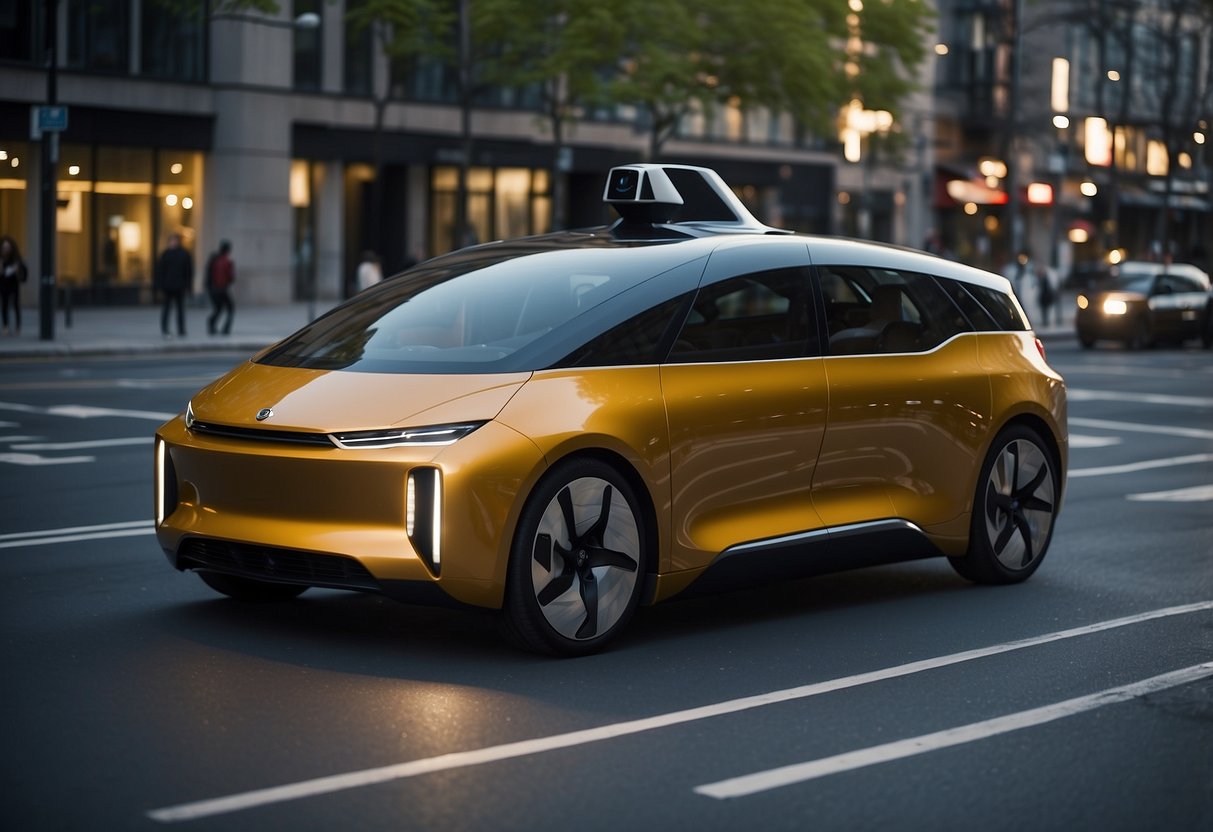
Recent developments in autonomous vehicle technology showcase significant progress in sensor capabilities, automation levels, and the integration of AI. These advancements are crucial for creating safer and more efficient self-driving cars.
Sensor and Perception Software Evolution
The evolution of sensors is vital for autonomous vehicles. Current technologies include Lidar, radar, and cameras.
- Lidar provides detailed, three-dimensional maps of the environment. It uses laser beams to detect obstacles and measure distances accurately.
- Radar is excellent for detecting the speed and position of nearby objects. It works well in low visibility conditions like fog or rain.
- Cameras capture visual information, essential for understanding traffic signs, lane markings, and pedestrians.
These sensors work together through perception software. This software interprets data from all sensors, allowing the vehicle to make informed driving decisions. Advanced algorithms improve object recognition and scene understanding, enhancing safety and reliability on the road.
Automation Levels: L3 to L5
Automation levels in autonomous vehicles range from Level 3 to Level 5. Each level represents a different degree of driving automation.
- Level 3 allows the vehicle to handle most driving tasks. However, the human driver must still be available to take over when required.
- Level 4 represents a significant step forward. The vehicle can operate fully autonomously in specific environments, like urban areas. The driver is not required to take control.
- Level 5 means complete autonomy. These vehicles do not need any input from a driver. They can navigate all conditions and locations without human assistance.
Understanding these levels helps consumers and investors grasp the future landscape of autonomous vehicles.
Integration of AI and Machine Learning
Artificial Intelligence (AI) and machine learning play essential roles in advancing autonomous vehicle technology.
AI enhances decision-making processes. Algorithms analyze vast amounts of data, learning from past experiences to improve driving strategies.
Machine learning is key for perception and navigation. It allows vehicles to recognize patterns, identify obstacles, and predict the behavior of other road users.
As these technologies improve, autonomous vehicles become more capable and reliable. This integration supports advancements from L3 to L5 automation, paving the way for safer roads and more efficient transportation solutions.
Safety Enhancements and Regulations

As autonomous vehicles become more common, focus on safety and regulation is crucial. Developing strategies to reduce risks and implementing effective regulations are key to ensuring safer transportation.
Risk Mitigation and Safer Roads
To improve safety, manufacturers are enhancing sensor technology in autonomous vehicles. These vehicles use radar, LiDAR, and cameras to detect obstacles, pedestrians, and other vehicles. This technology helps in making better driving decisions.
Additionally, companies conduct extensive testing in controlled environments before deploying vehicles on public roads. This includes scenarios like emergency braking and maneuvering around unexpected obstacles. Safety drivers are often present during initial testing phases to take control if needed, minimizing risks to the public.
Data collected during testing is essential for continuous improvement. The insights gained allow engineers to refine algorithms, making vehicles more reliable in complex traffic situations.
Regulatory Framework and Government Involvement
Government regulations play a pivotal role in the safe integration of autonomous vehicles. Policymakers are working to establish comprehensive frameworks that guide testing and deployment.
Currently, regulations vary widely between states and countries. Some regions have started implementing guidelines that require companies to report safety incidents and share data with regulators. This ensures accountability and encourages a culture of safety.
Moreover, policymakers are exploring ways to foster collaboration between industry leaders and regulatory bodies. This collaboration can lead to common standards for vehicle safety and performance, which helps streamline approval processes while ensuring public safety.
Ethics and Decision-Making Protocols
Ethics are a significant consideration in developing autonomous vehicles. Companies must establish decision-making protocols for scenarios that involve choosing between potential harms. For example, how should a vehicle react if faced with an unavoidable accident?
Many manufacturers are working on ethical frameworks that prioritize human life while balancing other factors. Engaging with ethicists, engineers, and the public can help shape these crucial guidelines.
Transparency in these decision-making processes is vital. Public trust can be built by clearly communicating how vehicles are programmed to respond in critical situations. Engaged discussions around ethics can also help policymakers create regulations that reflect societal values.
Market Dynamics and Commercialization
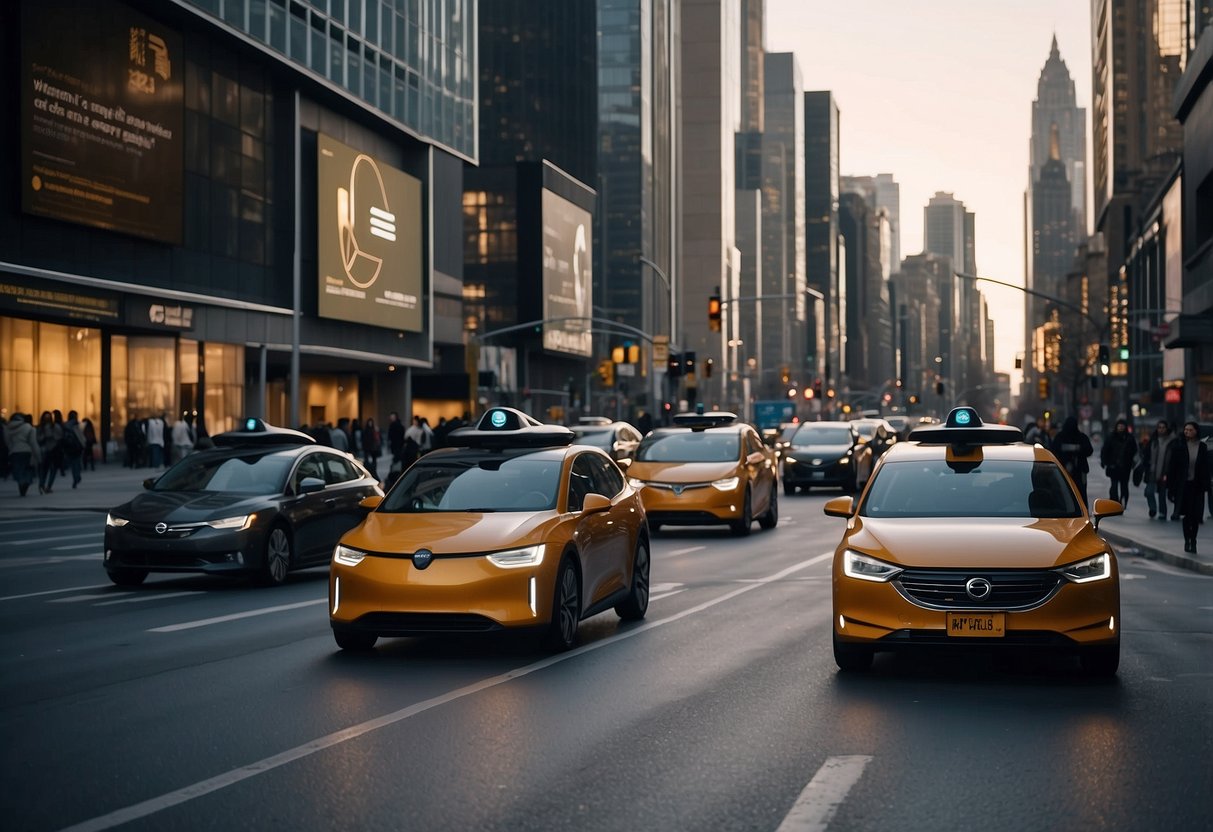
The landscape of autonomous vehicles is being shaped by significant investment trends and strategic partnerships. These developments are crucial for automakers and original equipment manufacturers (OEMs) as they seek to drive commercialization. Key aspects such as monetization models and subscription services are also emerging, offering new revenue streams.
Current Investment Trends
Investment in autonomous vehicle technology is rapidly increasing. Major automakers and tech companies are pouring funds into research and development. Venture capitalists are also interested, targeting startups in the field.
According to estimates, the global autonomous vehicles market is projected to reach $30.5 billion by 2023. Companies are investing in areas such as AI, sensor technology, and software development. This trend indicates a robust push toward advanced vehicle automation.
Strategic Partnerships and Funding
Strategic partnerships are becoming essential in this sector. Automakers are collaborating with tech firms to enhance their capabilities. For example, partnerships often focus on areas like software development or data analytics.
Funding through these collaborations can accelerate innovation. Companies that previously competed may now join forces to tackle shared challenges. These alliances help companies navigate regulatory hurdles and share development costs, making projects more viable.
Monetization and Subscription Models
Monetization strategies in the autonomous vehicle sector are evolving. Automakers are exploring subscription models as a way to generate stable revenue. These models allow customers to pay a monthly fee for vehicle access, rather than traditional ownership.
Data collected from vehicles can also be leveraged for additional income. For instance, companies can offer services like predictive maintenance based on vehicle performance data. These approaches help in maximizing the potential of autonomous vehicles while satisfying consumer demands for flexibility and convenience.
Infrastructure and Urban Planning

The development of autonomous vehicles (AVs) plays a crucial role in shaping future infrastructure and urban planning. As cities adapt to new technologies, they must consider smart city initiatives, the impact on traffic and emissions, and the integration of shared mobility solutions.
Smart City Development and Connectivity
Smart cities leverage technology to improve urban living. Infrastructure for AVs must support connectivity between vehicles and city systems. This includes installing sensors, data platforms, and high-speed internet.
By enhancing connectivity, cities can optimize traffic flow and reduce congestion. For instance, traffic signals can communicate with AVs to adjust timing based on real-time data. Proper planning can lead to more efficient resource use, making transportation smoother for all.
The Impact on Traffic and Emissions
The integration of AVs can change traffic patterns significantly. With advanced technologies, these vehicles can reduce congestion by optimizing routes and minimizing stop-and-go driving.
Studies suggest that autonomous vehicle fleets could decrease total miles driven in urban areas, leading to lower emissions. For example, reducing the number of personal vehicles can lead to cleaner air and less noise pollution. Importantly, cities must monitor these changes to adapt infrastructure for better sustainability.
Shared Mobility and Public Transit
Shared mobility solutions like robo-taxis and shuttle services have the potential to transform public transit. AVs can integrate with existing public transport systems, providing first- and last-mile solutions. This encourages people to use public transport more frequently.
Investing in dedicated lanes for shared vehicles can enhance efficiency. This setup not only speeds up travel times but also promotes a shift away from personal car ownership. In turn, this can lead to reduced traffic congestion and lower emissions, benefiting urban environments.
Autonomous Vehicles in Logistics and Freight
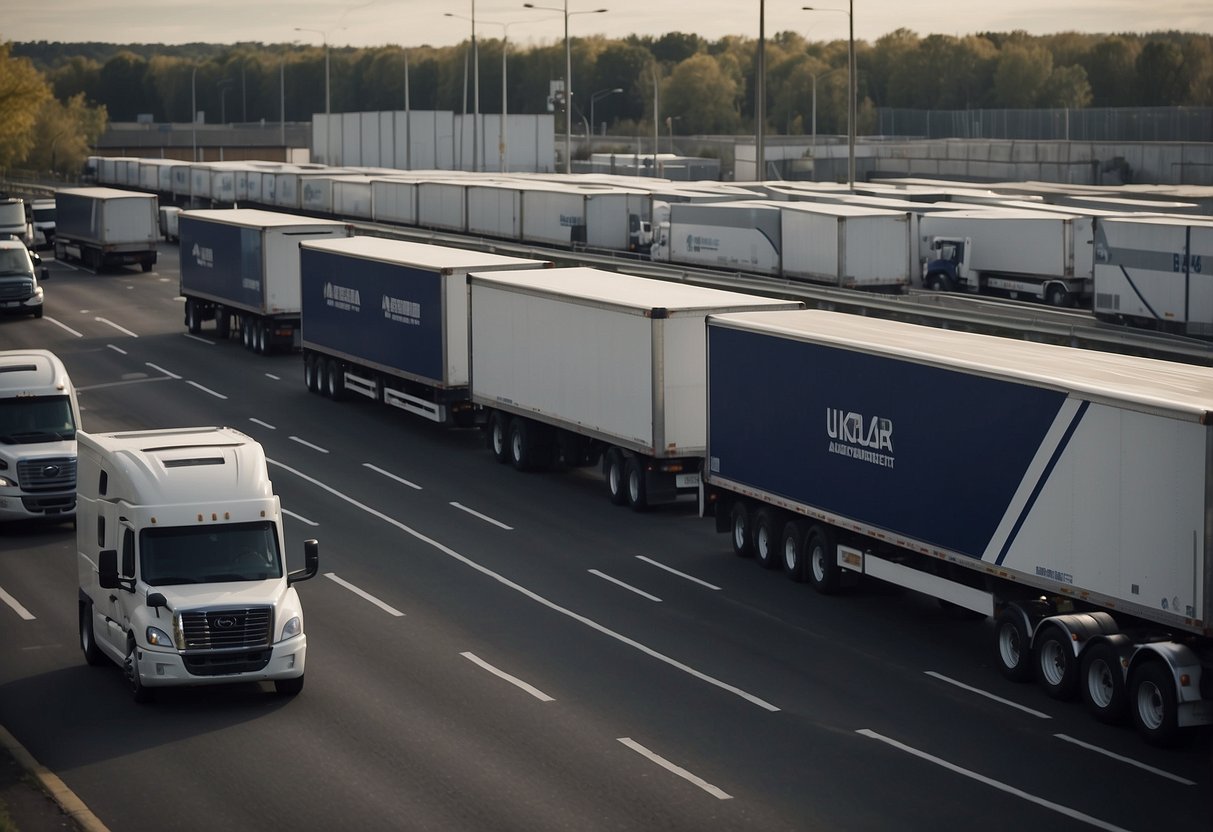
Autonomous vehicles are poised to significantly change the logistics and freight sectors. With advancements in technology, the use of autonomous trucks and delivery systems is gaining traction. This shift promises improved efficiency and reduced costs, offering various benefits throughout the supply chain.
The Rise of Autonomous Trucks and Delivery Systems
Autonomous trucks are becoming a vital part of modern logistics. These vehicles are designed to operate without human intervention, relying on advanced sensors and AI technology.
Many companies are investing in fleets of self-driving trucks. These trucks can handle long hauls with greater efficiency compared to traditional vehicles. They minimize the risks associated with driver fatigue and can optimize routes based on real-time data.
Delivery systems are also evolving. Companies are testing autonomous drones and robots for last-mile deliveries. These systems can navigate urban environments and deliver goods quickly and safely. For instance, logistics giants are exploring how autonomous delivery methods can cut costs and speed up the delivery process.
Impact on Supply Chain and Distribution
The introduction of autonomous vehicles can transform the supply chain. They can lower operating costs by reducing the need for human drivers. This change may lead to a more streamlined distribution process.
With autonomous trucks, freight companies can optimize delivery times. These trucks can operate round-the-clock, enabling 24/7 deliveries. This flexibility improves supply chain efficiency and ensures products reach consumers faster.
Additionally, data connectivity between trucks will enhance safety and coordination. Real-time information sharing helps avoid traffic and ensures timely pickups and deliveries. As this technology develops, it further integrates into the logistics framework, making operations smoother and more efficient.
Consumer Adaptation and the Future of Car Ownership
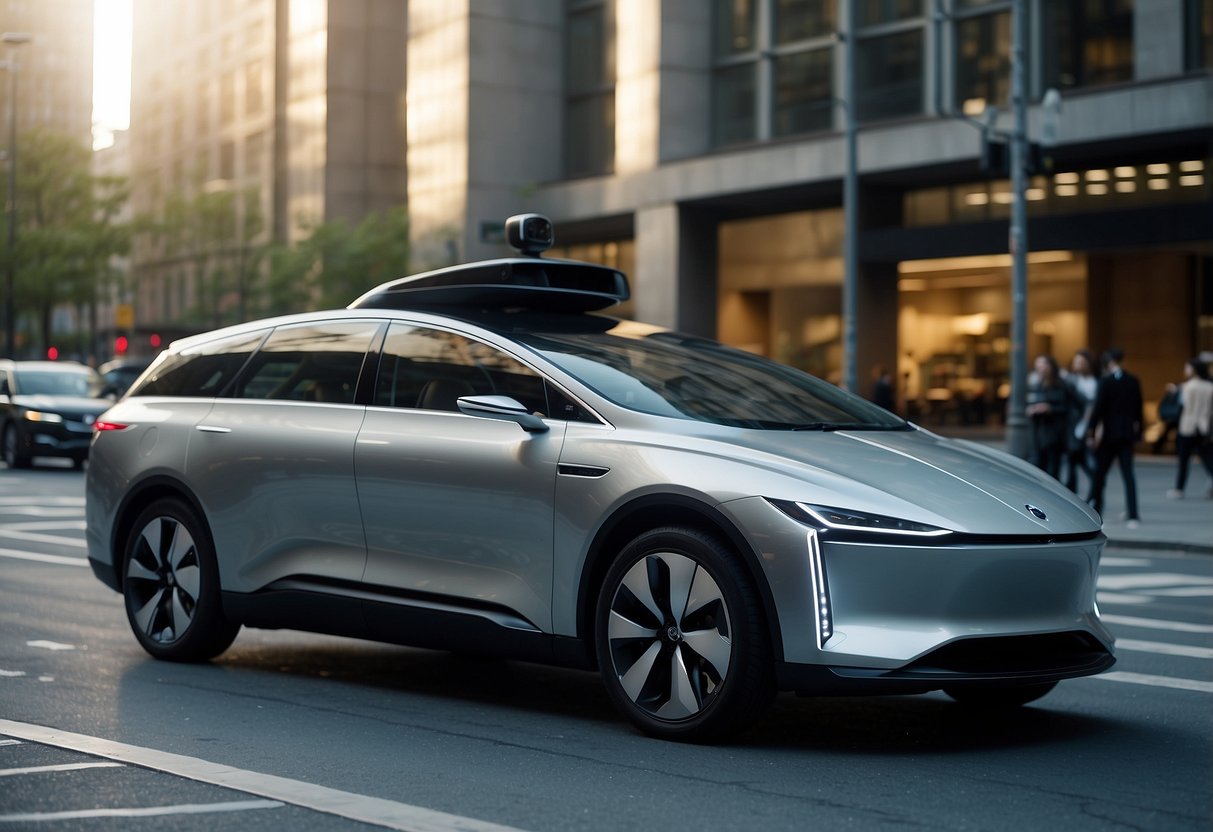
As autonomous vehicles become more integrated into everyday life, consumer adaptation will play a key role in shaping the future of car ownership. Changing perceptions of mobility, shifts in vehicle ownership models, and challenges in adoption will influence how consumers view and interact with these new technologies.
Changing Perceptions of Mobility
Many consumers now see mobility as a service rather than a product. This perspective is driven by the rise of ride-sharing services and the increasing interest in autonomous vehicles. As people prioritize convenience and efficiency, they may question the need for personal vehicle ownership.
The COVID-19 pandemic also shifted priorities, leading consumers to value safety and contactless transport options. Autonomous vehicles present an opportunity to meet these needs, offering safer and more flexible transportation solutions. This shift in thinking encourages more people to embrace shared mobility over traditional car ownership.
Shifts in Vehicle Ownership Models
New vehicle ownership models, such as subscriptions and on-demand services, are gaining traction. Instead of owning a car, consumers can pay for the use of a vehicle only when needed. This change attracts those who prefer flexibility and lower upfront costs.
Programs like these can lead to a decrease in the number of personally owned cars, especially in urban areas. With autonomous vehicles, these models may become even more appealing as riders can summon cars easily, reducing the need for parking and maintenance.
Challenges and Setbacks in Adoption
Despite the excitement surrounding autonomous vehicles, there are notable challenges. Regulatory hurdles and safety concerns remain significant roadblocks. Many consumers still lack trust in self-driving technology, fearing potential accidents or system failures.
Additionally, current infrastructure may not support widespread autonomous vehicle use. Inadequate roads and the need for better traffic management can impede progress. Until these challenges are addressed, consumer adaptation may take longer, impacting the future landscape of car ownership.
Technology Challenges and Research
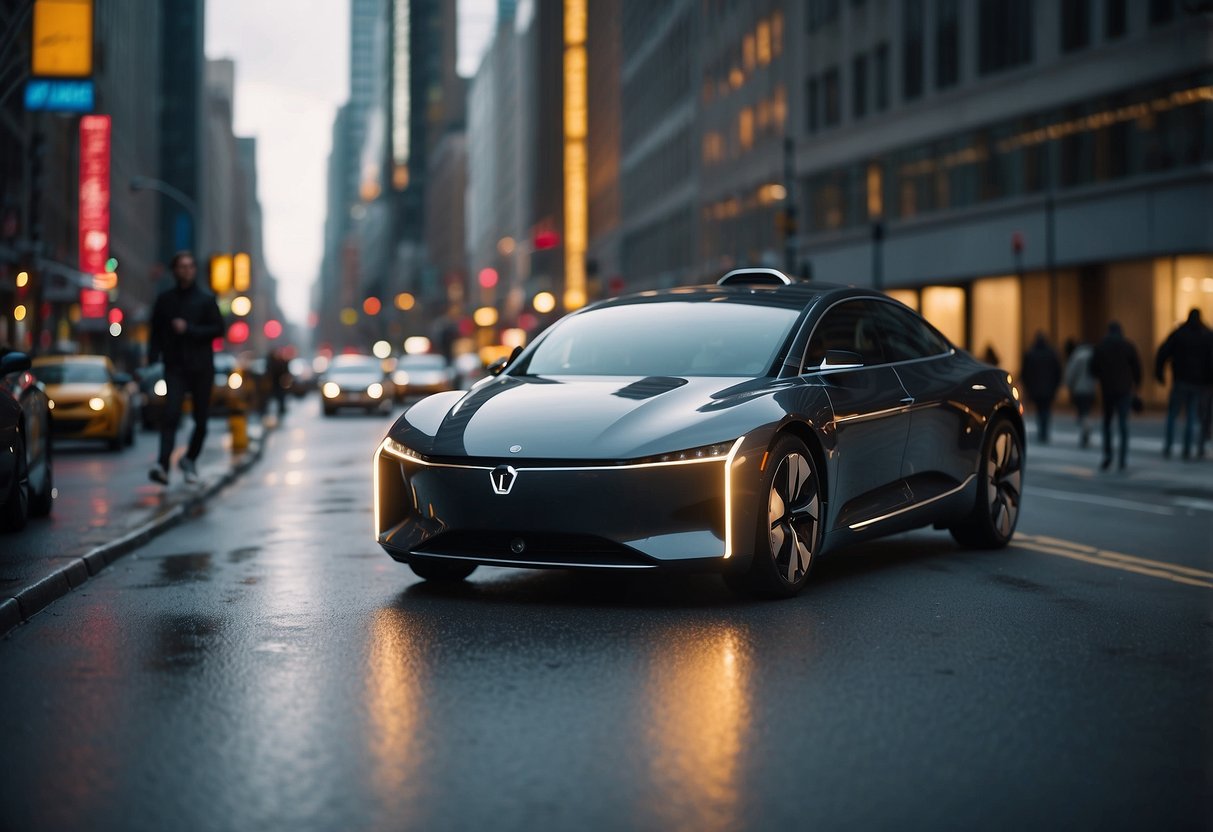
Autonomous vehicles face significant technological hurdles that must be addressed to ensure their effectiveness and safety. Key issues include handling unpredictable situations, seamless integration of systems, and advancements in vehicle design and electrification.
Handling Edge Cases and Reliability
Edge cases refer to rare or unusual scenarios that autonomous vehicles may encounter, such as extreme weather or sudden obstacles. These situations can challenge the reliability of the vehicle’s decision-making processes.
To tackle these issues, developers must implement robust algorithms and extensive testing to ensure the vehicle can react appropriately. Real-world data collection from diverse driving environments enhances the system’s ability to learn from unexpected events.
Developers analyze mishaps in simulations, which helps refine their approaches. Ensuring reliability in these scenarios is critical for gaining public trust and regulatory acceptance.
Software and Hardware Integration
Successful autonomous vehicles depend on the seamless integration of software and hardware components. Control units manage various vehicle functions, and their performance directly affects overall effectiveness.
Challenges arise when ensuring that hardware components, like sensors and cameras, communicate effectively with the software that processes data. Engineers must prioritize compatibility and performance through rigorous testing.
Software development must be adaptive, allowing quick updates to address new challenges. This agility enhances the vehicle’s capabilities, making it more efficient as technology evolves.
Electrification and Vehicle Design
Electrification plays a vital role in the future of autonomous vehicles. Electric powertrains afford a cleaner and more efficient operation compared to traditional fuels. This shift influences vehicle design, requiring integration of batteries and electric motors into the overall architecture.
Vehicle design also must account for weight distribution and aerodynamics to optimize performance. Engineers continually explore lightweight materials and innovative designs to enhance efficiency.
This focus on electrification presents opportunities to develop advanced technologies that improve vehicle usability. Adaptive charging solutions and energy management systems are essential for successful integration into daily life.
Industry Insights and Future Predictions
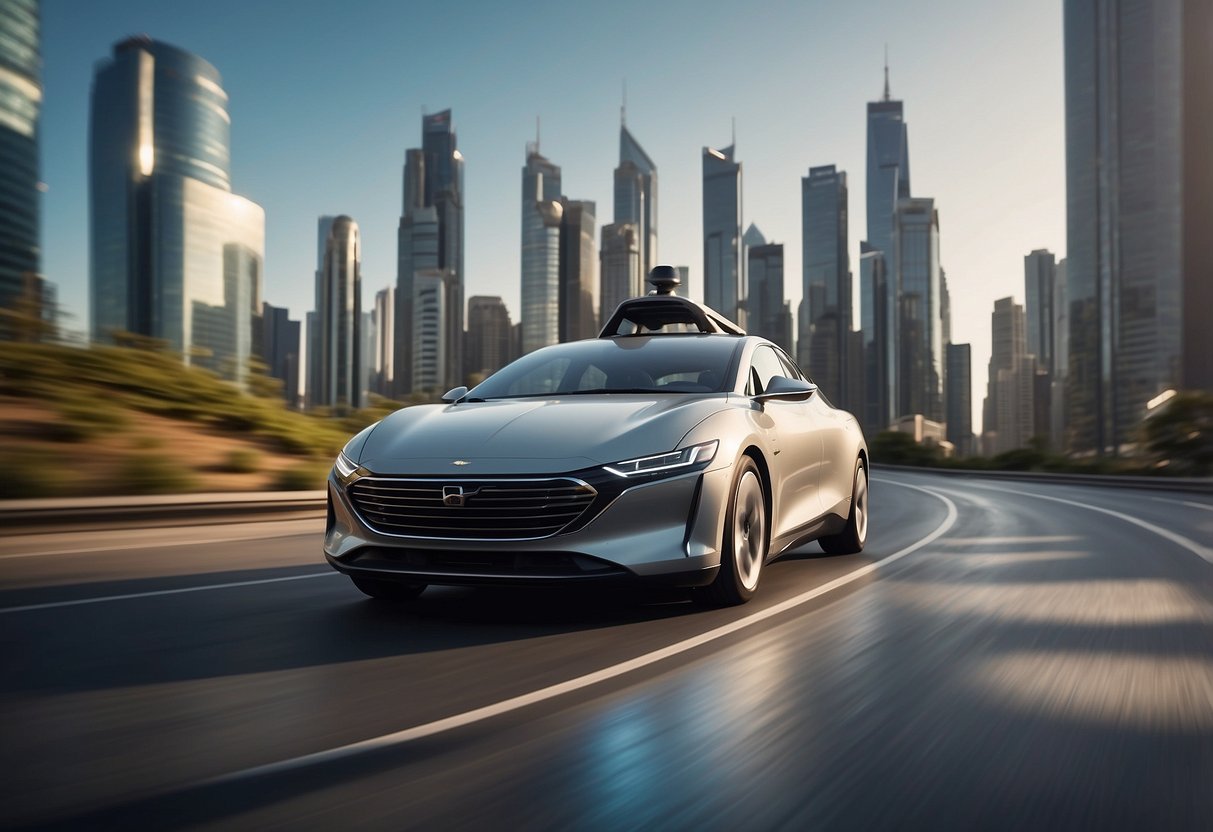
The autonomous vehicle industry is rapidly evolving, with key players shaping its direction and significant milestones on the horizon. Understanding these dynamics can help readers grasp the potential changes and benefits associated with this technology.
Influential Companies and Market Leaders
Several companies lead the way in the autonomous vehicle landscape. Waymo is at the forefront, known for its self-driving technology and initiatives in cities like San Francisco and New York. Their extensive testing and partnerships are setting standards for safety and reliability.
Cruise, backed by General Motors, focuses on urban environments, offering ride-hailing services. They aim to launch fully autonomous fleets in major cities. Reports indicate that the autonomous vehicle market could reach between $300 billion to $400 billion by 2035, highlighting the sector’s economic potential.
Projected Timelines and Milestones
The timeline for widespread adoption of autonomous vehicles is rapidly changing. According to recent insights, various firms estimate that fully autonomous vehicles could be commercially available by the late 2020s to early 2030s.
McKinsey has reported that significant advancements will continue each year, driven by ongoing investments in technology. Key milestones include regulatory approvals and the development of reliable infrastructure. The Victoria Transport Policy Institute suggests that by 2030, the market for Advanced Driver Assistance Systems (ADAS) could reach $80 billion.
Potential for Societal Impact and Equity
The rise of autonomous vehicles holds significant implications for society. They have the potential to improve mobility for underserved populations. Autonomous vehicles could provide transportation solutions for the elderly and disabled, enhancing access to vital services.
Additionally, with proper planning, autonomous systems can contribute to reduced traffic congestion and lower emissions. As the industry progresses, ensuring equity in access to these technologies will be crucial. Companies and policymakers must collaborate to address challenges and ensure these advancements benefit all communities.